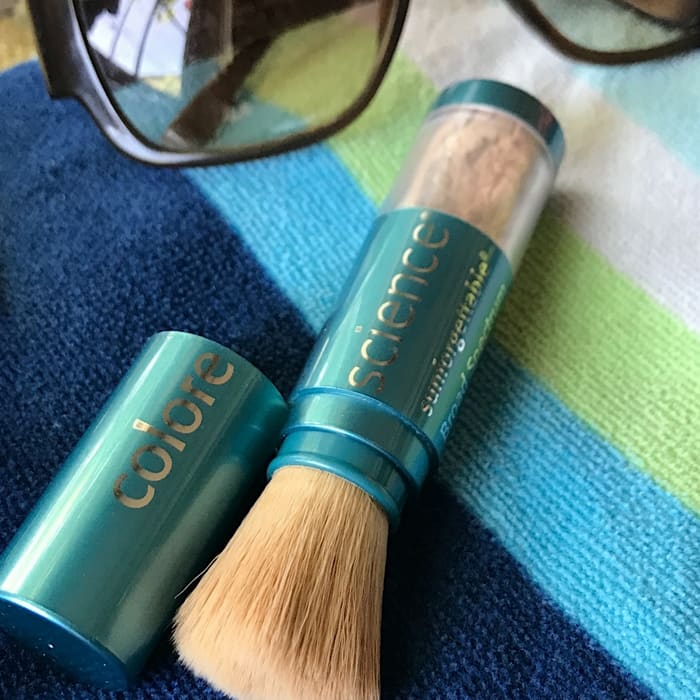

While the scalp is certainly a priority, Shamban reminds her patients that there’s no hierarchy when it comes to sun protection.

#Zo powder sunscreen skin
The Best Sunscreens For Tricky Areas of Skin It’s easy to develop precancerous actinic keratosis that is often harder to spot.” As for hair? “It can lighten or fade in color, and become dehydrated, damaged, dry, brittle, and continue to break.” “It can become scaly, dry, and blister … flake. Scalp and hair: “The scalp is an often neglected area that takes the most direct hit daily ,” Shamban says.Lips: With long-term exposure to ultraviolet (UV) rays, the skin covering your lips can be at risk for solar cheilitis, which causes discoloration, cracking, and extreme dryness.Eyelids: “Lids can lose elasticity and become droopy,” she says, because the skin is so thin.Tops of feet, hands, and fingers: Because these parts of the body have “minimal fat” and “lots of bone and vessels,” Shamban says you’re at greater risk of developing prematurely visible veins if you skip the sunscreen skin might also lose elasticity.Ears: Significant burning here can lead to flaking and crusting, and in extreme cases, Shamban warns, non-healing wounds that could be precursors to serious skin cancers.She also notes that “ necklace lines,” the ring-like lines that cross over and up the neck and are produced by a decrease in collagen and elastin production in the skin, become more prominent. Neck: Fine lines and “ crepey” and/or draping skin could get worse if you forget to use sunscreen on your neck, Shamban says.cdwheatley, E+ Collection, Getty Images Your arms and legs aren't the only areas susceptible to sun damage. and early signs of lines and wrinkles, or laxity.” What Happens If You Skip Sunscreen On Your… “Some areas will become itchy or experience pain. “Some areas may present a bit differently based on the structure in and under the epidermal layers,” Shamban says, noting that it all depends on your skin’s vessels, sebaceous network, and pores, among other factors.

Skipping the right sunscreen in these areas could lead to hyperpigmentation and discoloration, burning, and actinic lentigines (which are small brown spots on the skin). Often neglected because they seem like minor needs compared to arms and legs, these spots are actually the most susceptible to damage because, according to Shamban, they’re “always in direct contact” with the sun. “The scalp, eyelids or under-eyes, the nape of the neck, the top of feet, and ears-or any place they can’t reach on their back-are all on the top of the ‘miss list.’ Even the keratin protein of our hair is damaged by the sun.” “People overlook key areas that matter all the time,” Shamban tells Mental Floss. Ava Shamban, a board-certified dermatologist and founder of Ava MD Dermatology and Skin Five Medical Spa, says there’s a good chance they’re still missing some crucial spots. It’s no longer seen as something to be applied exclusively at sunny pool parties or backyard barbecues, but instead a critical part of a person’s daily skincare routine.Īnd although those who lather up on SPF before commuting to work each morning are certainly making great strides in long-term skin protection, Dr. By now, most people understand the importance of sunscreen.


 0 kommentar(er)
0 kommentar(er)
